The United States is working closely with its allies and partners across the Indo-Pacific region to develop new basing opportunities and increase interoperability across their forces, according to a Department of Defense official.
The nation is working to scale its defensive and logistical infrastructure to contend with a rapidly shifting threat environment, according to Assistant Secretary of Defense Mara Karlin.
“When we step back, we see a rate and scale of change that is meaningfully different in the Indo-Pacific, and that’s across the board,” Karlin said during a Feb. 10 talk with the Brookings Institution, a Washington-based think tank.
Karlin said the situation in the Ind0-Pacific region is “dramatically different” than it was 10 years ago and that U.S. allies and partners are investing in their militaries and working closely with the United States at a scale not previously seen in the region.
Among the notable examples, she pointed to the U.S. cooperation with Australia.
The two nations reached an agreement to base U.S. Marines in northern Australia a little less than 11 years ago, in 2012, and now the two powers are working hand-in-glove through the AUKUS agreement to provide Australia with nuclear-powered submarines from the United States and the UK.
Similarly, Karlin noted Japan’s recent historic commitment to double its military budget and commitment to increased military cooperation with the United States and others in a manner unseen since World War II.
“Japan is going to establish a permanent joint headquarters that will work with us on command and control and make us all even more interoperable,” Karlin said.
“We’re going to expand how we’re sharing facilities in Japan; we’re going to increase exercises, and that includes exercises in Japan’s southwest islands.”
She also said the United States and its allies and partners were seeking to engage in collaborative demonstrations of next-generation technologies, including hypersonic and autonomous systems.
“In the Indo-Pacific, we are building and deepening our alliances and partnerships,” Karlin said.
Communist China Rapidly Expanding Regional Presence
The effort is part of a broader strategy by the United States and its allies to expand their Indo-pacific coordination to contend with the growing threat posed by communist China.Bruce Jones, director of Brookings’s Project on International Order and Strategy, said the region was vital to the commercial interests of both the United States and China and that China’s rapid expansion through the Pacific included efforts to lay the groundwork for new overseas military bases.
“The big change ... is that China has extremely rapidly expanding interests in these waters,” Jones said.
“This is a place where China is interested in laying the foundation, both diplomatic and logistical, for new basing.”
He noted that the region is home to the largest reservoir of rare earth minerals and that because China is “entirely dependent” on the flow of commercial goods through the Pacific Ocean, it was likely to become more aggressive in pursuing its interests there.
Jones said the Philippine Sea is most likely the location of a future conflict between the United States and China and that control of the Luzon Strait between Taiwan and the Philippines would likely become a major issue in the coming years.
This would present something of a crisis for the United States, which has relied on shipping routes through the region for more than a century.
“Since the Second World War, the United States has maintained a set of critical naval assets and logistics and air capabilities across a northern arc of the Pacific from the Hawaiian Islands out to the north Pacific Ocean to Guam and Palau and northwards to Japan and further east to the Philippine Sea,” Jones said.
“That’s been absolutely crucial to U.S. power projection in Asia as well as the Middle East, and the Pacific Ocean has been crucial to the United States in commercial terms for more than a century.”
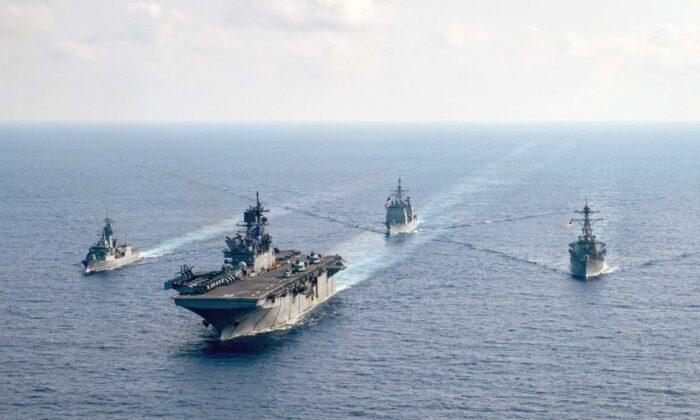

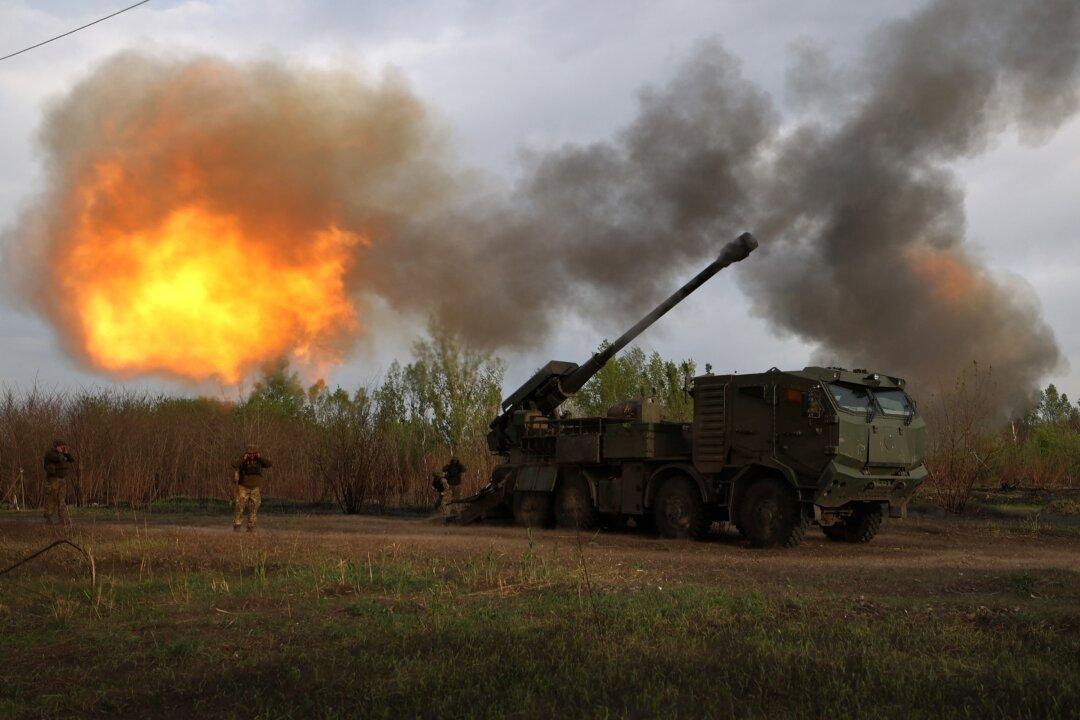
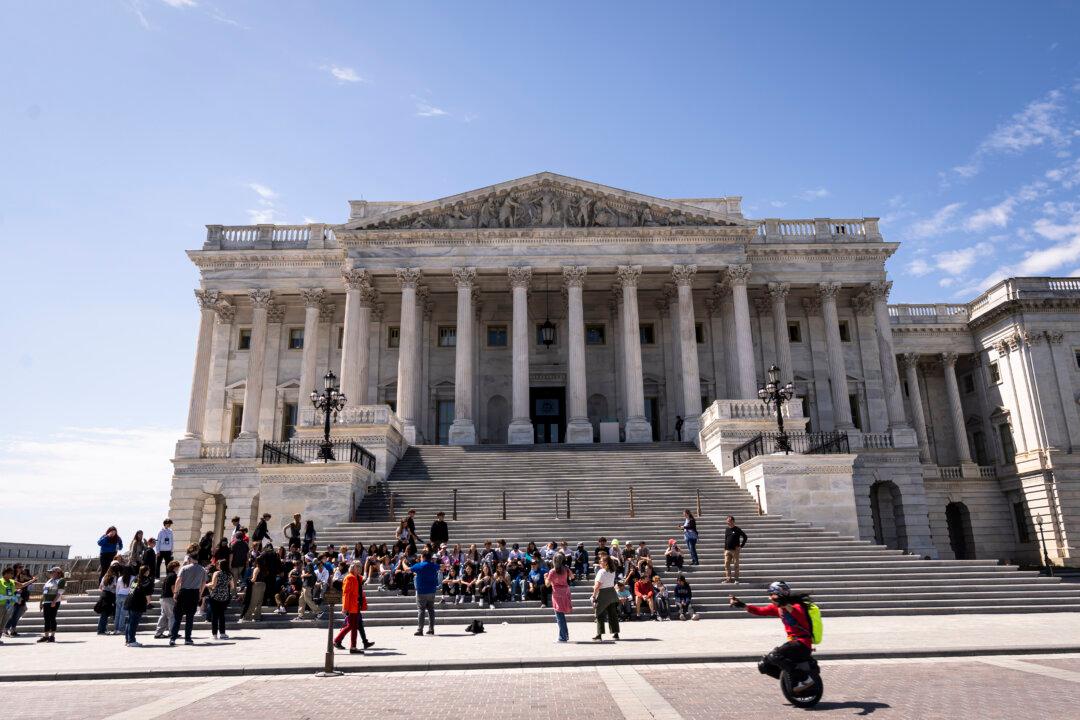
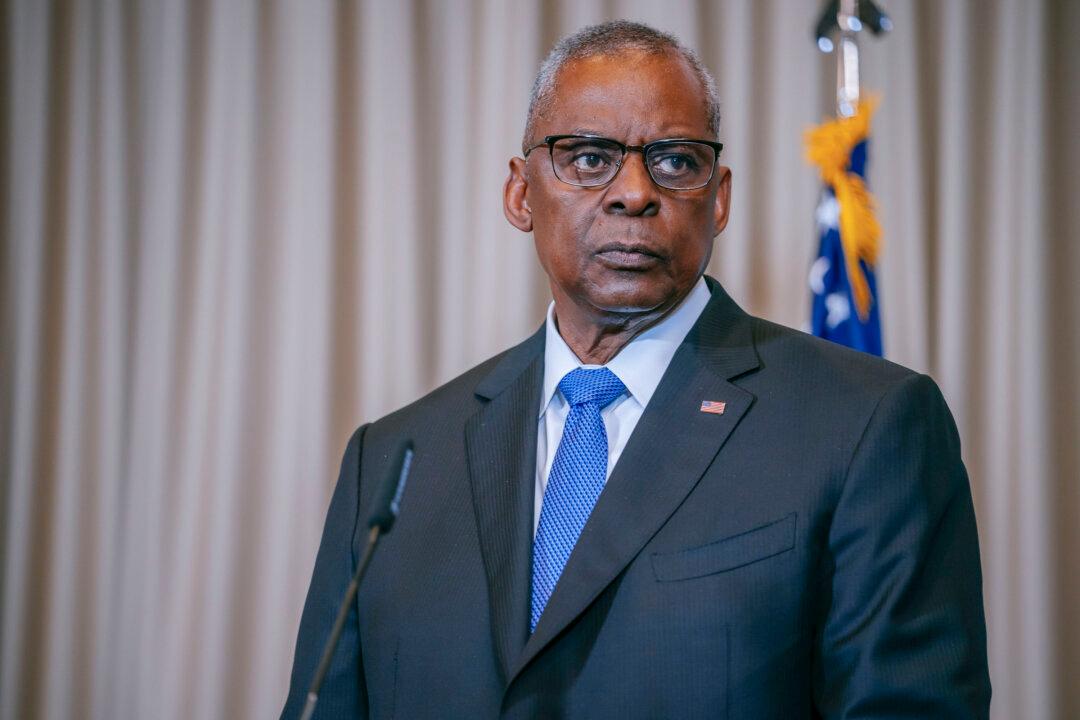
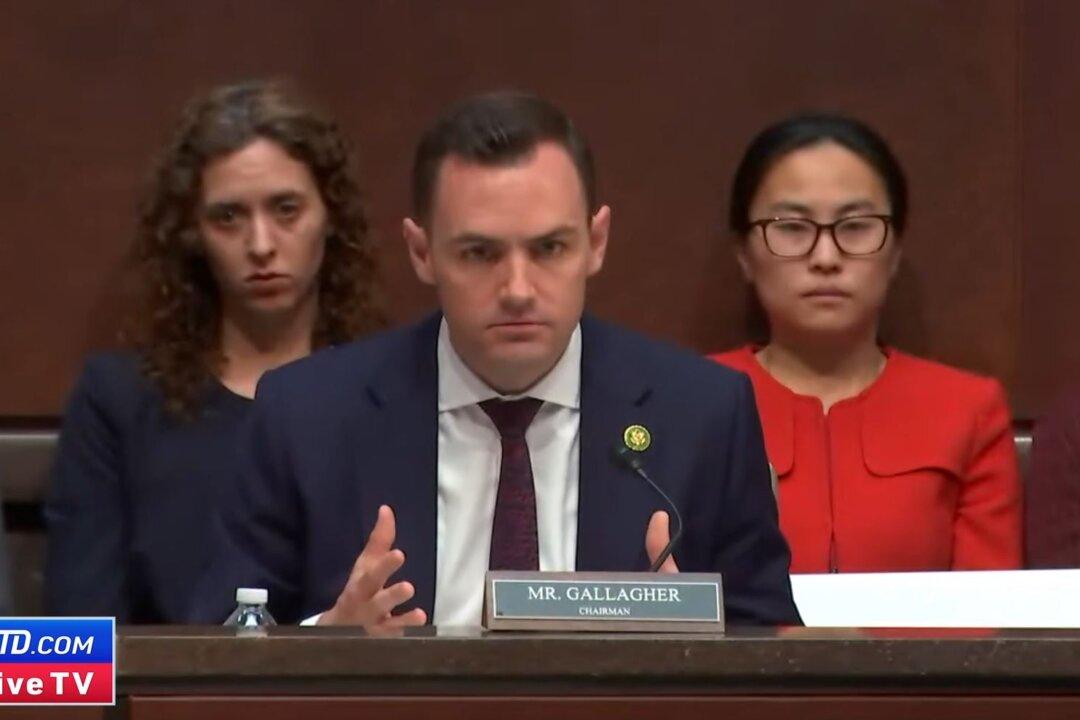
Friends Read Free